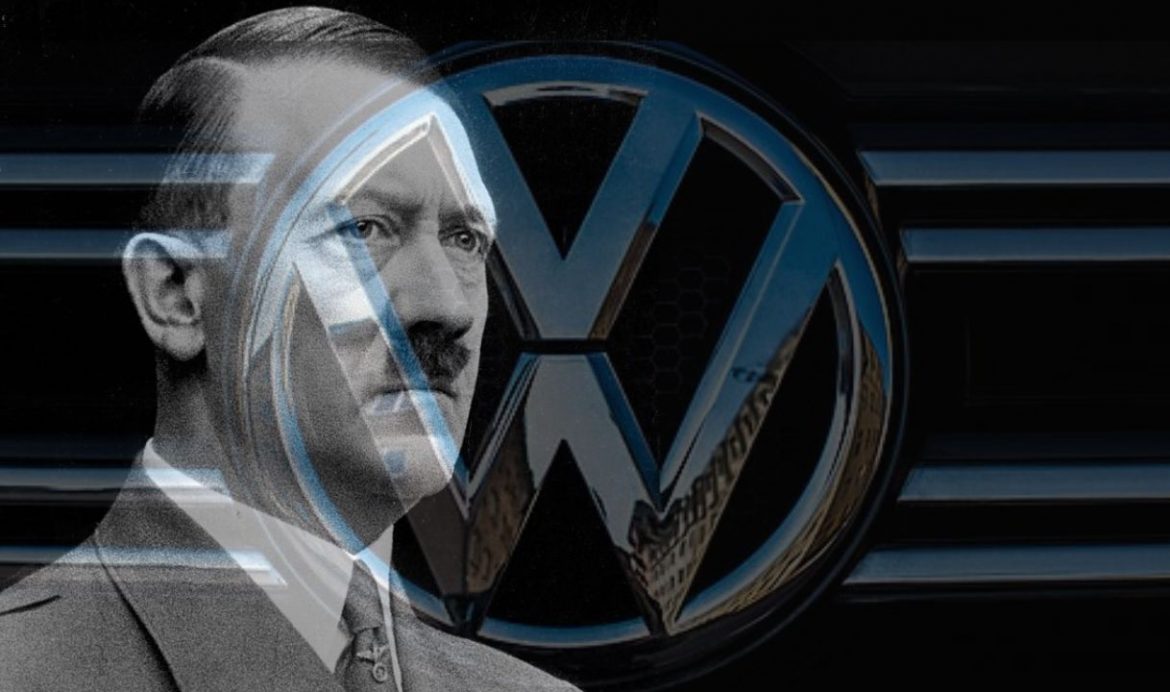In the tumultuous 1930s, Germany, much like other nations, grappled with the aftermath of World War I, economic instability, political upheaval, and the pervasive global effects of the Great Depression. Amidst this backdrop, in the quaint town of Wolfsburg, an unusual idea was taking root. Here, under the veil of history’s shadows, a vision held by an infamous leader and brought to life by a brilliant engineer would soon give birth to an icon: the Volkswagen Beetle.
The Birth of an Idea
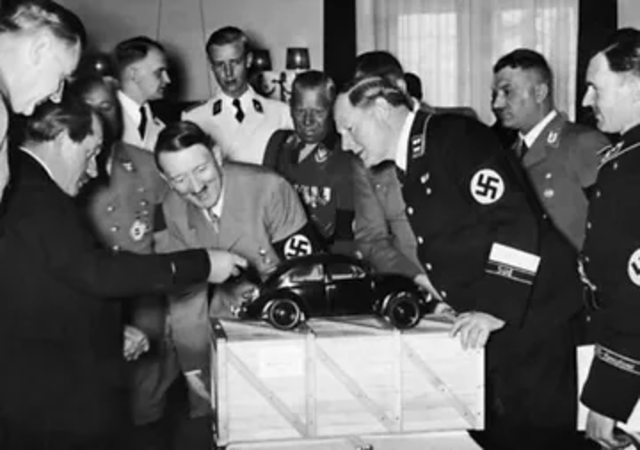
It was an era of change and uncertainty. Adolf Hitler, the notorious leader of Nazi Germany, had a vision that was both grandiose and peculiar. He envisioned a car, a “people’s car”, that would be accessible to every citizen of Germany instead of just the silk-stocking strata. It had to be affordable, reliable and capable of carrying a family of five at a speed of 100 km/h. The price tag- 990 Reichsmarks- a sum that was within reach for many working-class Germans as per the savings scheme known as KdF-Wagen Sparkarte.
The Sparkarte consisted of four cards, each with slots for fifty stamps where each stamp represented five Reichsmarks. Citizens were actively encouraged to pay this amount per week, although they could deposit more as per their discretion. To pay the price of 990 Reichsmarks, an individual required 198 stamps to become the proud owner of a Volkswagon.
Now, who all qualified as “people” of the German State Hitler was envisioning is at the heart of the dystopian drama that was yet to reach its logical conclusion.
The Engineering Maestro
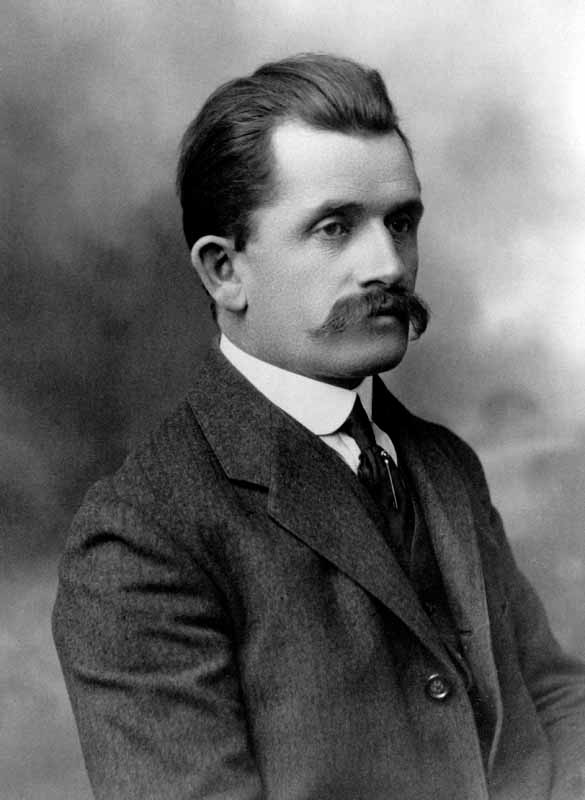
To bring his ambitious dream to life, Hitler turned to Ferdinand Porsche, a name now synonymous with German engineering excellence. Porsche, the founder of the eponymous Porsche automobile company, was a maverick engineer with a track record of designing groundbreaking vehicles. It was this man who would craft the heart and soul of Volkswagen.
Under the guidance of Porsche, the “people’s car” began to take shape on paper. It was to be a rear-engined, air-cooled machine, crafted to make the dream of motoring a reality for ordinary Germans. But this dream was not to be materialised until the late 1940s and without partially funding the war for almost six years with the ingenious Sparkarte in action.
.
The Formation of Volkswagenwerk GmbH
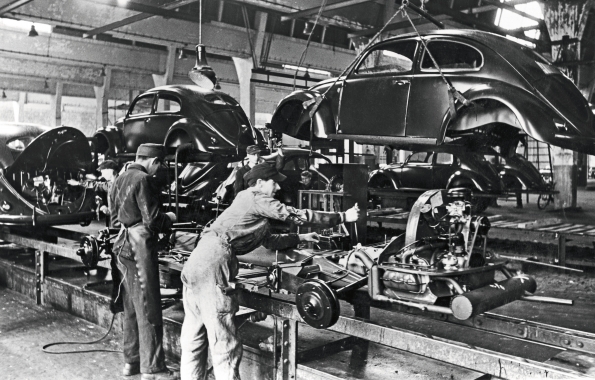
In 1937, the Nazi government established the Gesellschaft zur Vorbereitung des Deutschen Volkswagens mbH (Company for the Preparation of the German Volkswagen Ltd.), laying the foundation for the Volkswagenwerk GmbH factory in Wolfsburg. The factory’s construction was a monumental undertaking, and the name “Wolfsburg” itself was chosen to honour Hitler’s leadership pseudonym, “Wolf.”
However, as the factory began to rise from the ground, the dark clouds of World War II were gathering on the horizon. The outbreak of the war in 1939 disrupted Volkswagen’s production plans, and the factory was transformed to churn out military vehicles instead. The Kübelwagen and the Schwimmwagen were born, serving as vital workhorses for the German Army during the conflict.
Post-War Resurrection and a Fateful Decision
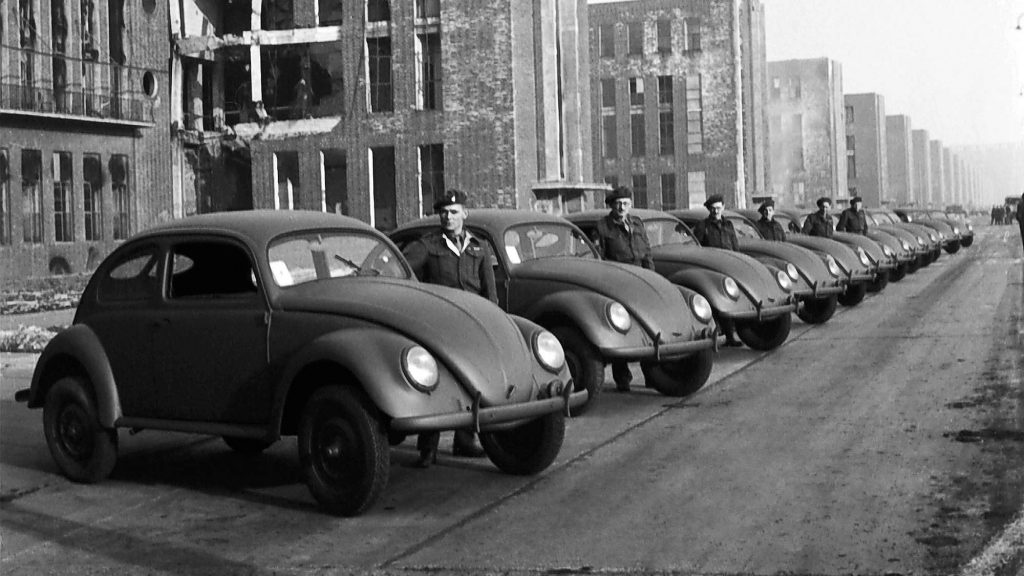
The war ended, but Volkswagen’s journey was far from over. In the aftermath, the British Army assumed control of the Volkswagen factory. What was once a symbol of Hitler’s grandiose vision had transformed into a military production hub. It was in these unusual circumstances that the seeds of Volkswagen’s rebirth were sown.
The British military authorities recognised the potential of Volkswagen’s design and engineering prowess. They saw it as a means to rejuvenate the German automotive industry and provide economic stability. Under British supervision, the factory was revitalised, and the Volkswagen Type 1, later known as the Volkswagen Beetle, began to roll off the assembly lines.
In a pivotal moment, the British authorities had the option to dismantle the factory and transport it to Britain, as was done with other German industrial facilities as part of war reparations. However, key figures within the British military, including Major Ivan Hirst, recognised the value of keeping the factory in Germany. They believed that preserving the factory could provide employment for the local population and contribute to Germany’s post-war recovery.
Their decision to retain the factory in Wolfsburg, rather than relocating it to British soil, proved to be a turning point in Volkswagen’s history. The Beetle, with its unmistakable round shape and distinctive rear-mounted engine, soon captured hearts and imaginations. It embodied the spirit of the times, symbolising the hope of a new era for Germany and providing affordable, reliable transportation for countless families.
The Road Ahead
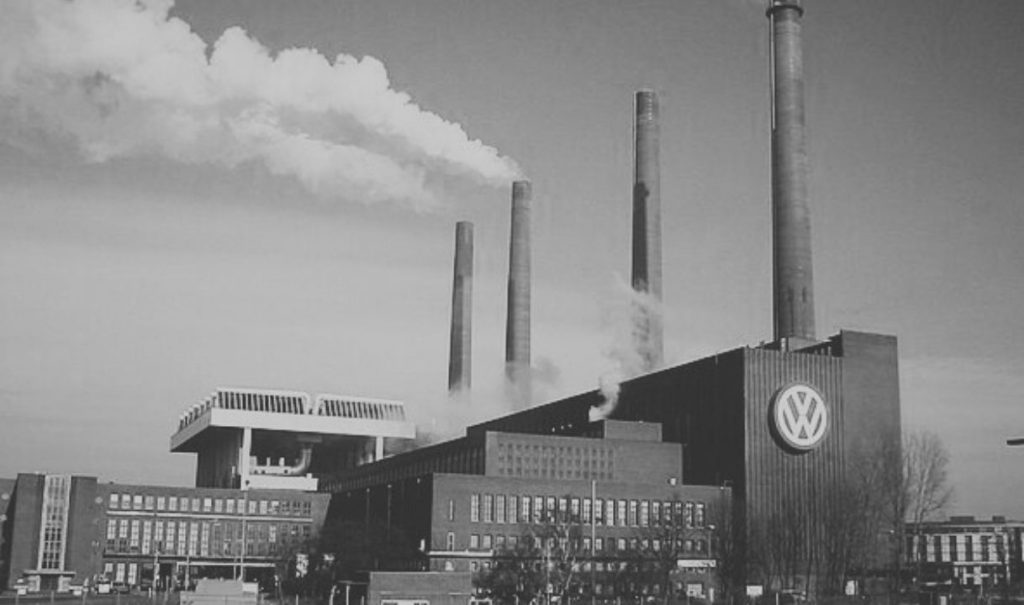
The success of the Beetle marked the beginning of Volkswagen’s rise to automotive prominence. Over the years, the company expanded its product range, introducing models like the Volkswagen Golf and Volkswagen Passat. Volkswagen had firmly established itself as a global automotive giant, with a presence in countless countries and a reputation for innovation and quality.
But Volkswagen’s story doesn’t end there. The company’s quest for excellence led to significant acquisitions, including Audi, Porsche, and Lamborghini. These acquisitions not only expanded the Volkswagen Group’s portfolio but also showcased its commitment to pushing the boundaries of automotive engineering.
It’s crucial to remember that history is an intricate tapestry, where brilliance and darkness sometimes converge. The Volkswagen Beetle, forged in the crucible of the 1930s, transcends its origins, evolving into a cherished symbol of mobility, freedom, and the transformative power of design on a global scale.

